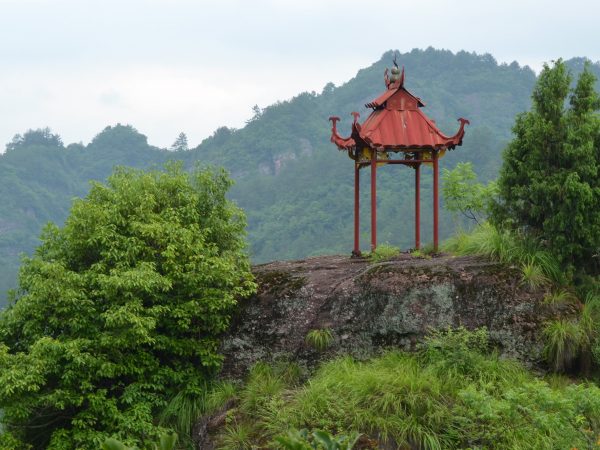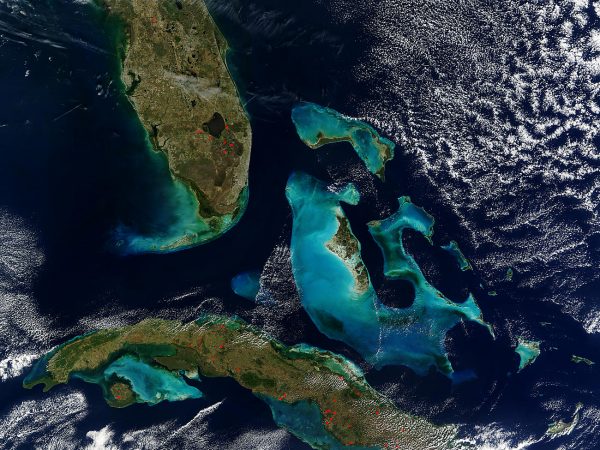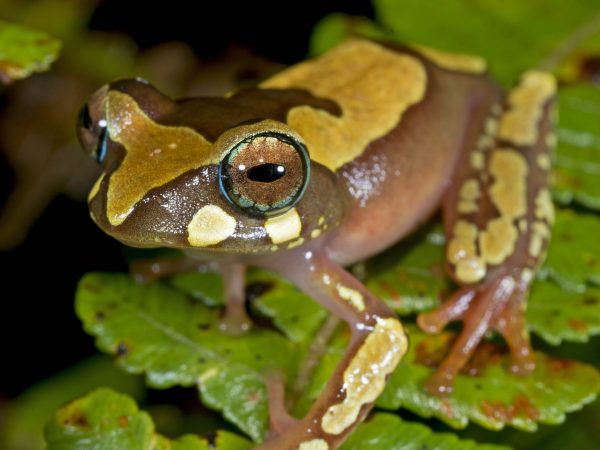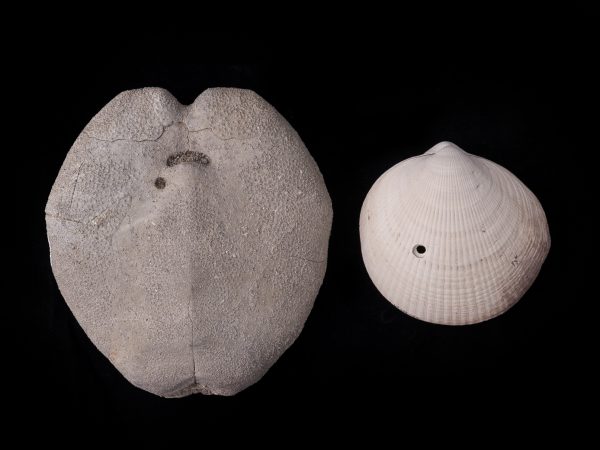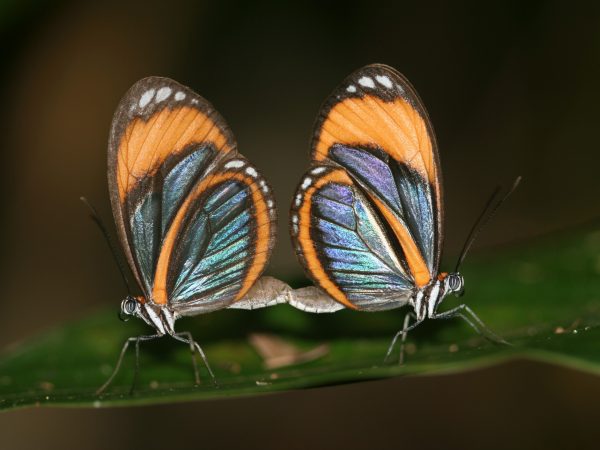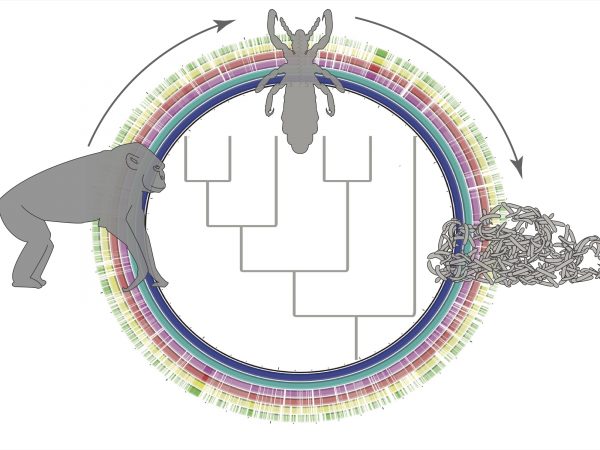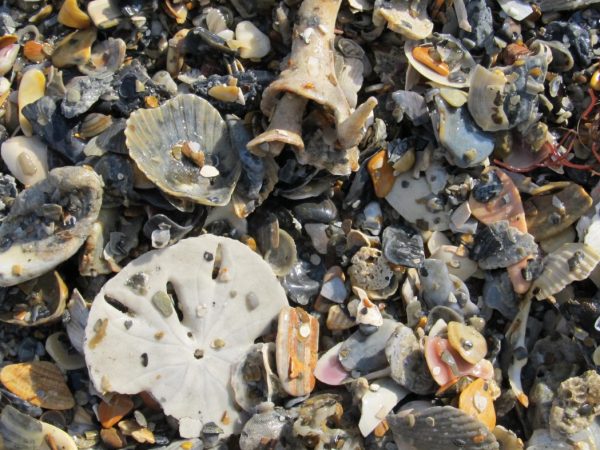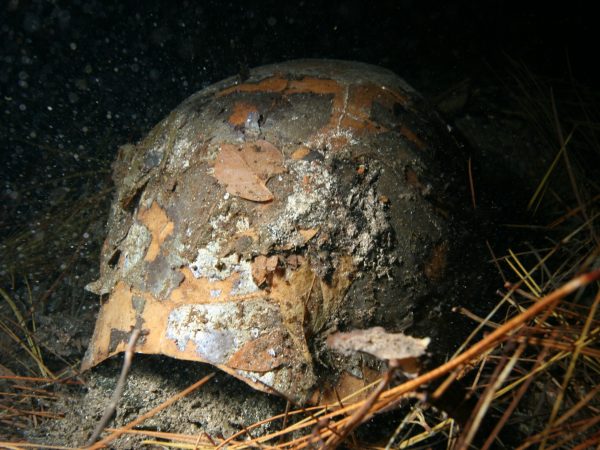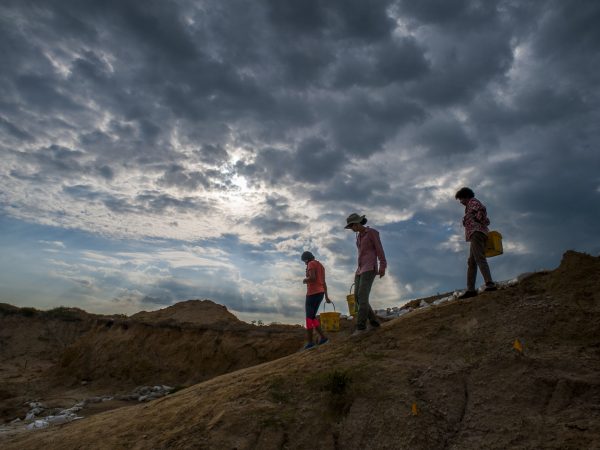Evolution of China’s flowering plants shows East-West divide between lineages
An international team of scientists has mapped the evolutionary relationships between China’s 30,000 flowering plant species, uncovering a distinct regional…
Read More
Odd couple: Florida mouse, gopher tortoise have been rooming for centuries
The Florida mouse and gopher tortoise have been in a serious relationship for thousands of years. Theirs is a commensal…
Read More
Ocean channel in Bahamas marks genetic divide in Brazilian free-tailed bats
Brazilian free-tailed bats are expert flyers, capable of migrating hundreds of miles and regularly traveling more than 30 miles a…
Read More
Extinction event that wiped out dinosaurs cleared way for frogs
The mass extinction that obliterated three-fourths of life on Earth, including non-avian dinosaurs, set the stage for the swift rise…
Read More
Drill holes in fossil shells point to bigger predators picking on small prey
The drill holes left in fossil shells by hunters such as snails and slugs show marine predators have grown steadily…
Read More
Diversity in butterfly mimicry maintained by predator distribution
When thinking of mimicry, most people picture two things that look identical, with little difference in pattern or color. In…
Read More
Partners in parasitism, lice and their bacterial sidekicks share long history
A Florida Museum of Natural History study provides new insights into the complex, shared history between blood-sucking lice and the…
Read More
Mollusk graveyards are time machines to oceans’ pristine past
A Florida Museum of Natural History study shows that mollusk fossils provide a reliable measure of human-driven changes in marine ecosystems…
Read More
Extinct tortoise yields oldest tropical DNA
An extinct tortoise species that accidentally tumbled into a water-filled limestone sinkhole in the Bahamas about 1,000 years ago has…
Read More
Searching for red pandas in an elephant graveyard
Elephant-like tusks. A toe bone of an ancient condor. Even a snapping turtle with a smaller turtle coming out of…
Read More
